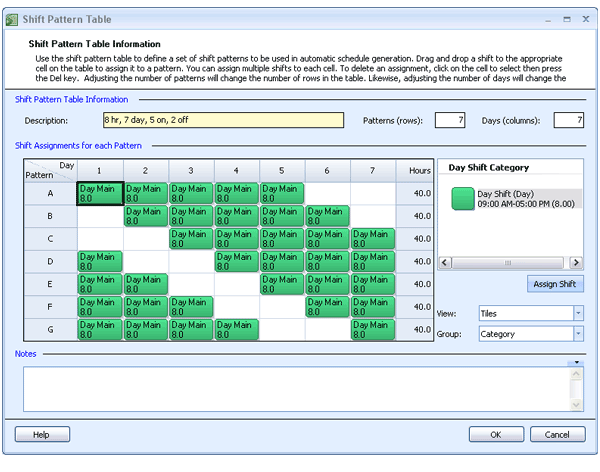
That can make scheduling future plans difficult since workers do not have set days off. Cons: Because this schedule is based on an eight day period rather than the standard seven day week, employees’ days off are pushed forward by a day each period.This schedule also provides employees with three consecutive weekends off during every eight-week cycle. Pros: Always having four consecutive days off gives employees plenty of time to recuperate between shifts.While it varies by company, employees typically rotate day and night shifts as frequently as every 8 days or as infrequently as every 24 days. Also, while employees never work more than three days in a row, they also never have more than three days in a row off.Īs its name states, this schedule requires employees to work four consecutive day or night shifts followed by four consecutive days off. Cons: This shift requires workers to switch back and forth between day and night shifts, which can lead to fatigue.Pros: Employees know they never have to work more than three consecutive days in a row and will always have every other weekend off.

It is sometimes referred to as “every other weekend off.” This type of schedule is widely used in oil refineries. The schedule is based on a 14-day period in which employees work 2 days on, 2 days off, 3 days on, 2 days off, 2 days on, and 3 days off. The 2-3-2 was first introduced in the 1960’s and became popular in the 1980’s.

Employees also have a tough time re-adjusting to work when they get back from their 7-8 day off time.


 0 kommentar(er)
0 kommentar(er)
